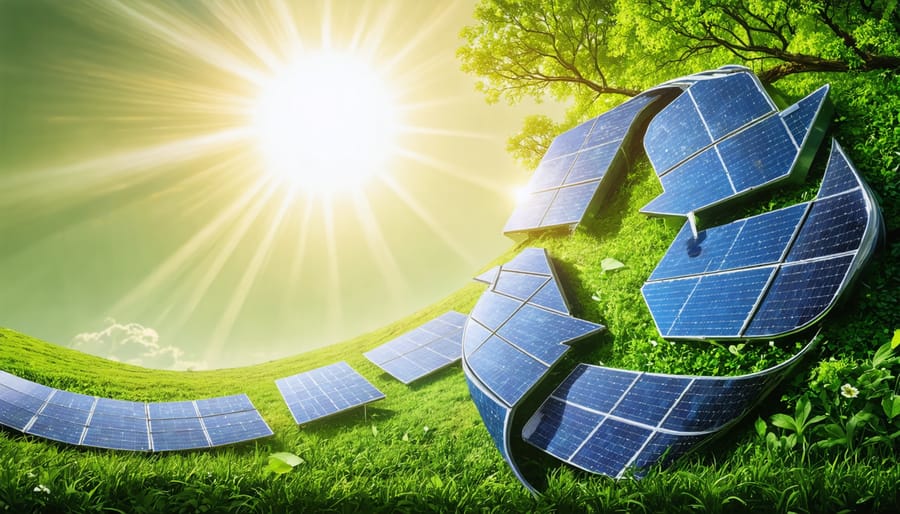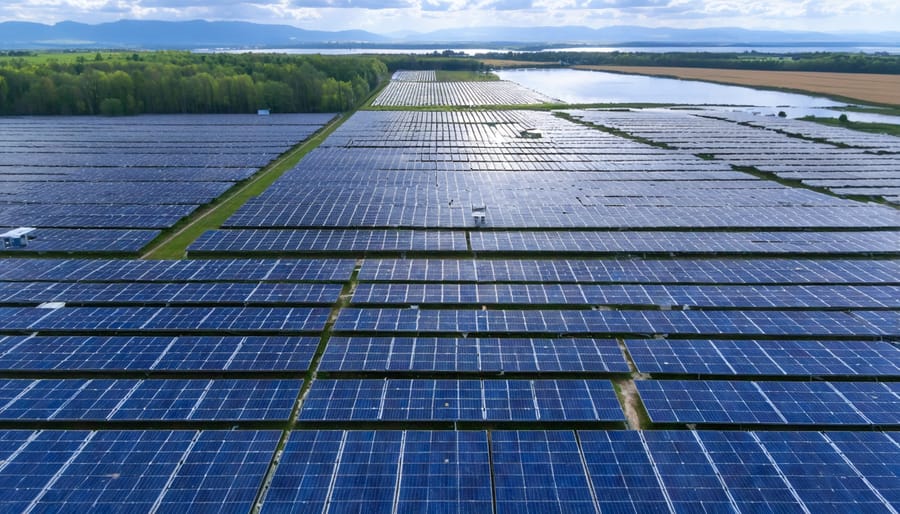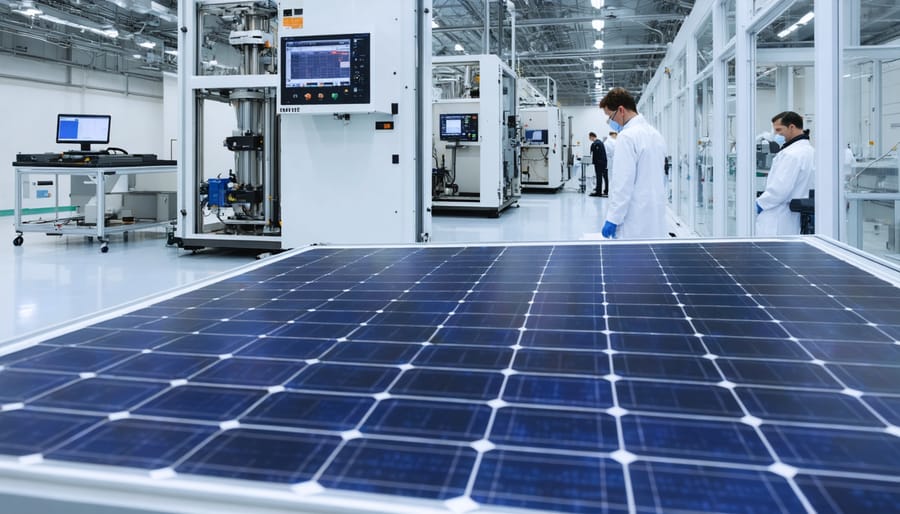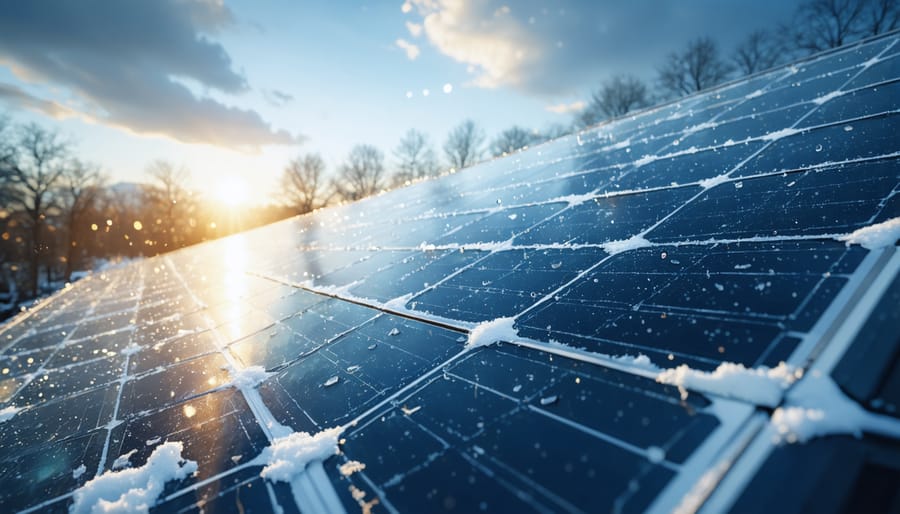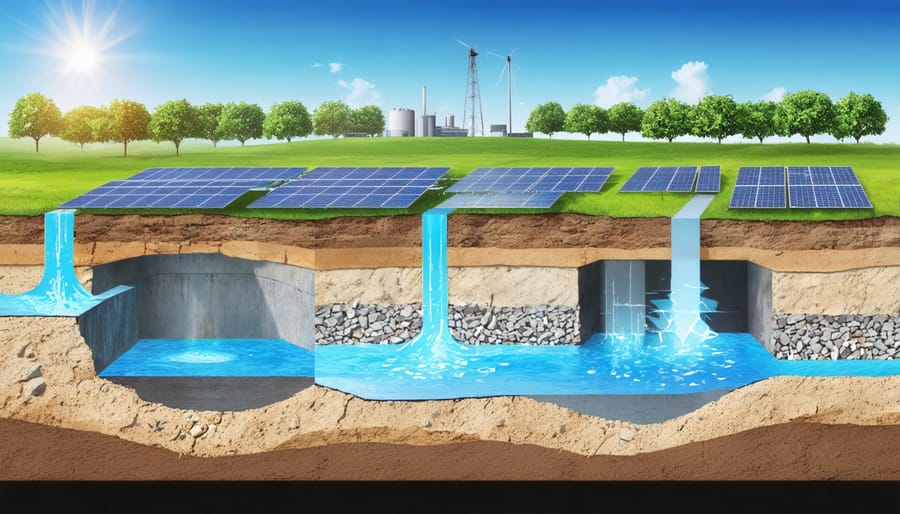Solar farms represent a critical intersection of renewable energy and water resource management in modern sustainable agriculture solutions. Unlike traditional power plants, solar photovoltaic installations require minimal water for operation, primarily using it only for periodic panel cleaning and dust suppression. This water-efficient approach becomes increasingly vital as Europe faces growing challenges in balancing energy production with water conservation.
Modern solar farms actually contribute to water preservation through …
Solar Farms and Water: Smart Solutions for Modern Agriculture



